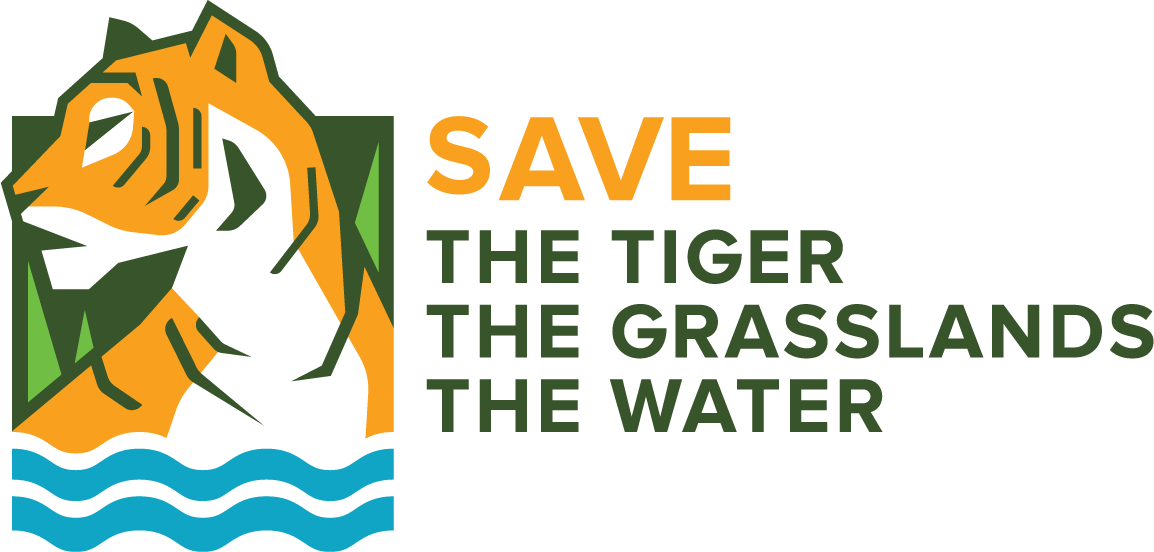Work Package 2: Landscape stewardship for water and grassland management strategies
The objective of this work package is to gain insight in the role of landscape stewardship approaches in relation to water and grassland management strategies in the Terai Arc Landscape. With this, our work aims to integrate social context and processes into conservation strategies for tiger habitats in nature reserves in Nepal and Northern India.
Community art takes a central role in this work package. More specifically, a ‘poetry route’ approach is used, in which communities will create poetry and paintings and hold discussions about their percspectives and interaction with the landscape. The artwork and group discussions are analysed to identify perceptions and landscape values as well as motivations, capacities and challenges for becoming landscape stewards. Secondly, social-ecological systems for tiger conservation in the TAL are unravelled using a DPISR-model (Drivers, Pressures, State, Impact, Response) to identify in qualitative terms how anthropogenic activities interact with water systems, natural grasslands and selected wildlife populations. Finally, objectives, indicators, metrics and measures for effective water and grassland management strategies that are fit for conservation of the tiger habitat in Bardia NP will be identified using results from WP3-9. These will be mirrored against the insights about social imaginaries (#8.1) and anthropogenic processes (#8.2) in order to identify actionable strategies. This activity will be undertaken in close collaboration with park rangers, water authorities, planning agencies, ngo’s, community members and local knowledge institutes in order to ensure that the strategies are tailored to the interests, capacity and conditions of management agencies and citizens.
This Work Package is Lead by dr. Loes Witteveen, Van Hall Larenstein University of Applied Sciences, The Netherlands

